Mountains of trash continue to pile up across Greece, with landfills remaining the default—but unsustainable—solution. Now, the Ministry of Environment and Energy (ΥΠΕΝ) is seeking to shift the approach through a new waste-to-energy plan. The closed consultation for this plan wraps up on October 17.
The goal is ambitious: reduce the share of urban waste buried in landfills from today’s 80% to just 10% by 2035, aligning with European targets. Yet industry insiders are raising red flags, warning that gaps in the plan could stall implementation.
The Strategy: Six Waste-to-Energy Units
According to the Strategic Environmental Impact Study (currently under consultation), Greece would host six energy recovery plants nationwide, with a total projected cost exceeding €1 billion. These plants would process secondary fuels and residues derived from municipal waste—but only after proper sorting, recovery, and recycling at the source, ensuring that raw trash from green bins does not go directly into incinerators.
The elephant in the room, however, is Attica, the region producing roughly 40% of Greece’s waste. Despite over a decade of promises, the region still lacks modern Waste Processing Units (ΜΕΑ). The Fyli landfill continues to bear the entire burden of Athens’ garbage.
Executives from major construction and energy companies warn that without these facilities, Greece is destined for expanded landfills. They note that planning, permits, and tenders for the new Attica processing plants—an investment of around €2.5 billion—have dragged on for years.
“Without ΜΕΑ, what are we even discussing? EU and Greek law are clear: waste must first be processed and materials recovered before any incineration. Attica simply doesn’t have this capacity,” say industry representatives familiar with the region.
The Timeline and Capacity Challenges
The plan envisions that Attica and Boeotia will host energy recovery plants processing 356,000 and 186,000 tons per year, respectively. These units would handle secondary fuels and residues from the local processing plants. However, officials caution that these figures are not binding, as the projects are still in early stages. For safety, the plan proposes a capacity range:
- Boeotia: 141,000–221,000 tons/year
- Attica: 321,000–401,000 tons/year
The general secretary for waste management, Manolis Grafakos, expects tenders for the six energy recovery units to be launched in 2026, with operations starting 2029.
The Missing Piece: Proper Recycling
The ministry’s design assumes the six plants will process 25% of the country’s waste, prioritizing recycling with a target of 65% recovery, as required by the EU, leaving only 10% for burial.
“All the attention is on energy recovery, but that’s the third step. First comes proper processing, material recovery, and reuse. Until that happens, no real investment interest will follow,” notes a construction executive, citing past clashes in Grammatikó and Keratea where local communities opposed incineration plants.
The concerns are not limited to Attica. Other regions will require upgrades from ΜΕΑ to ΜΑΑ (Processing and Recovery Units) before energy recovery plants can function efficiently.
Source: tovima.com
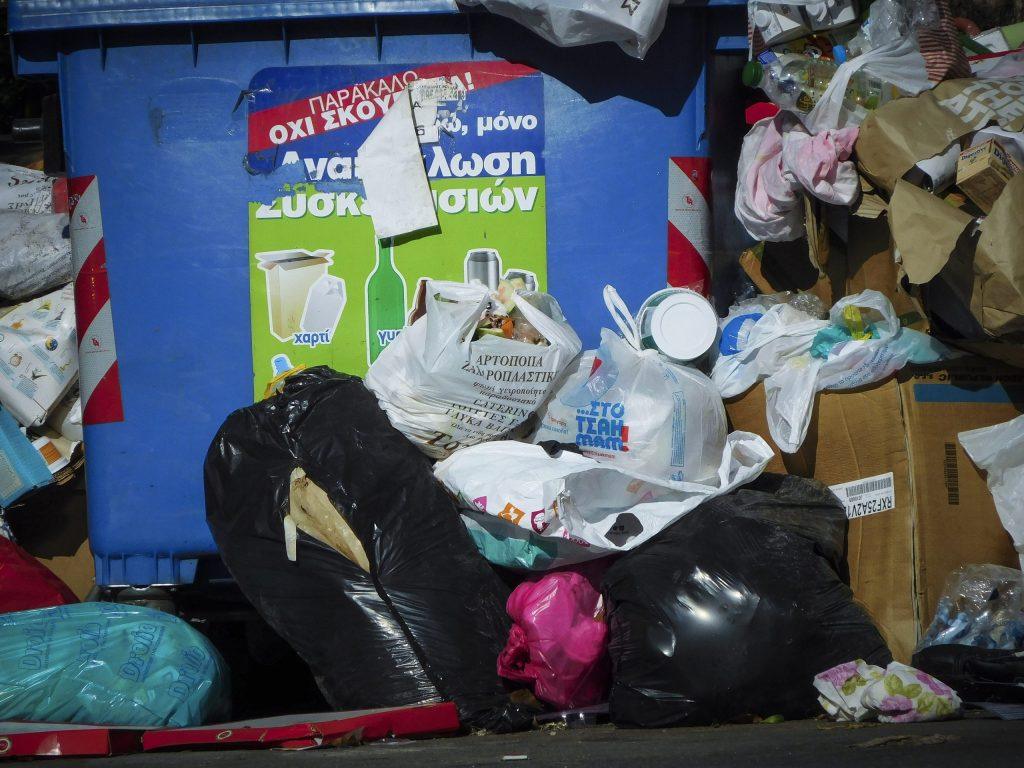




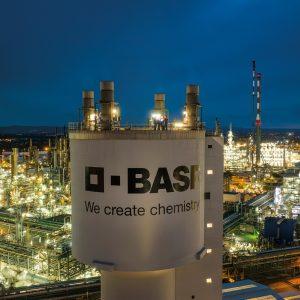









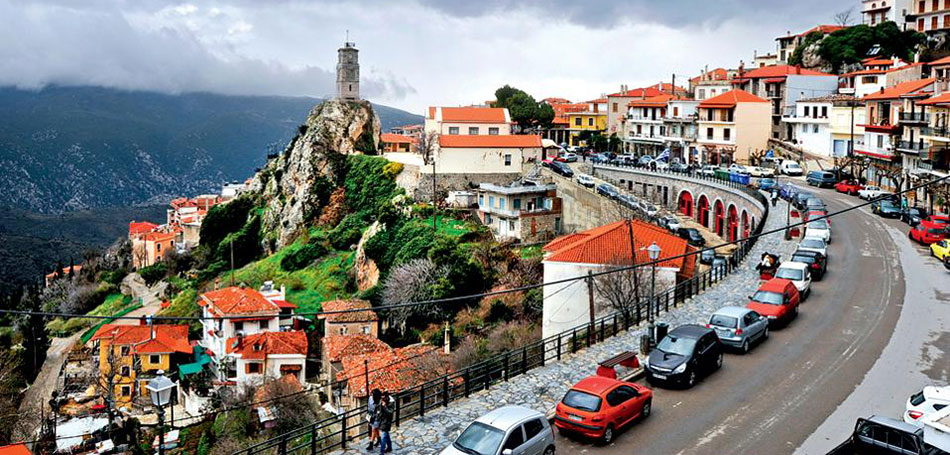


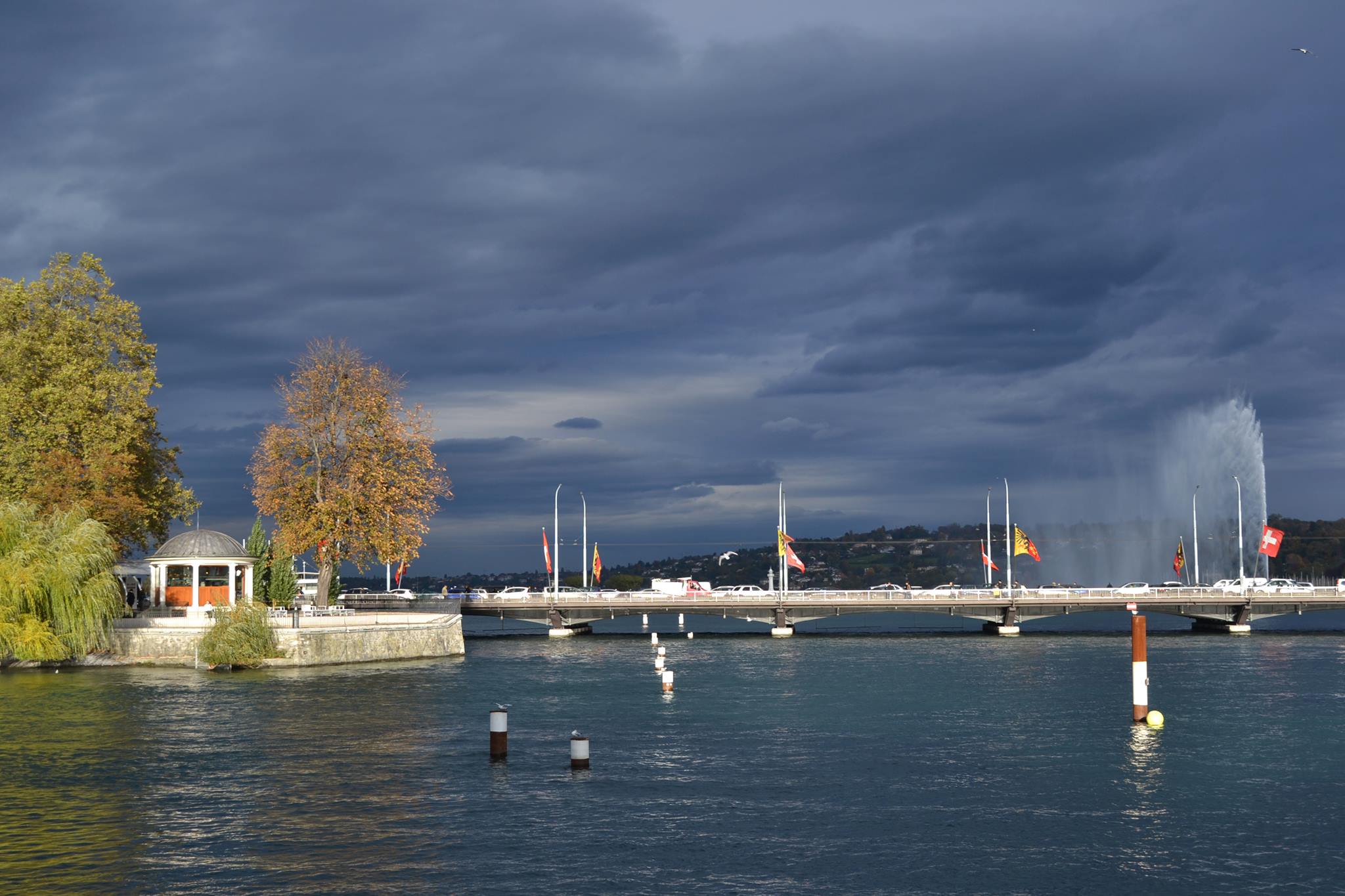
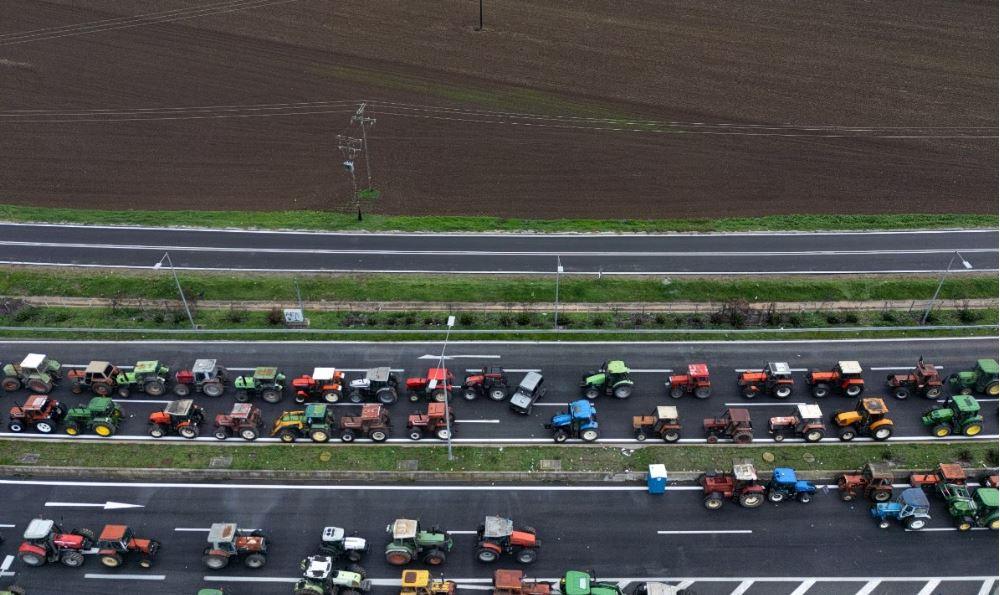





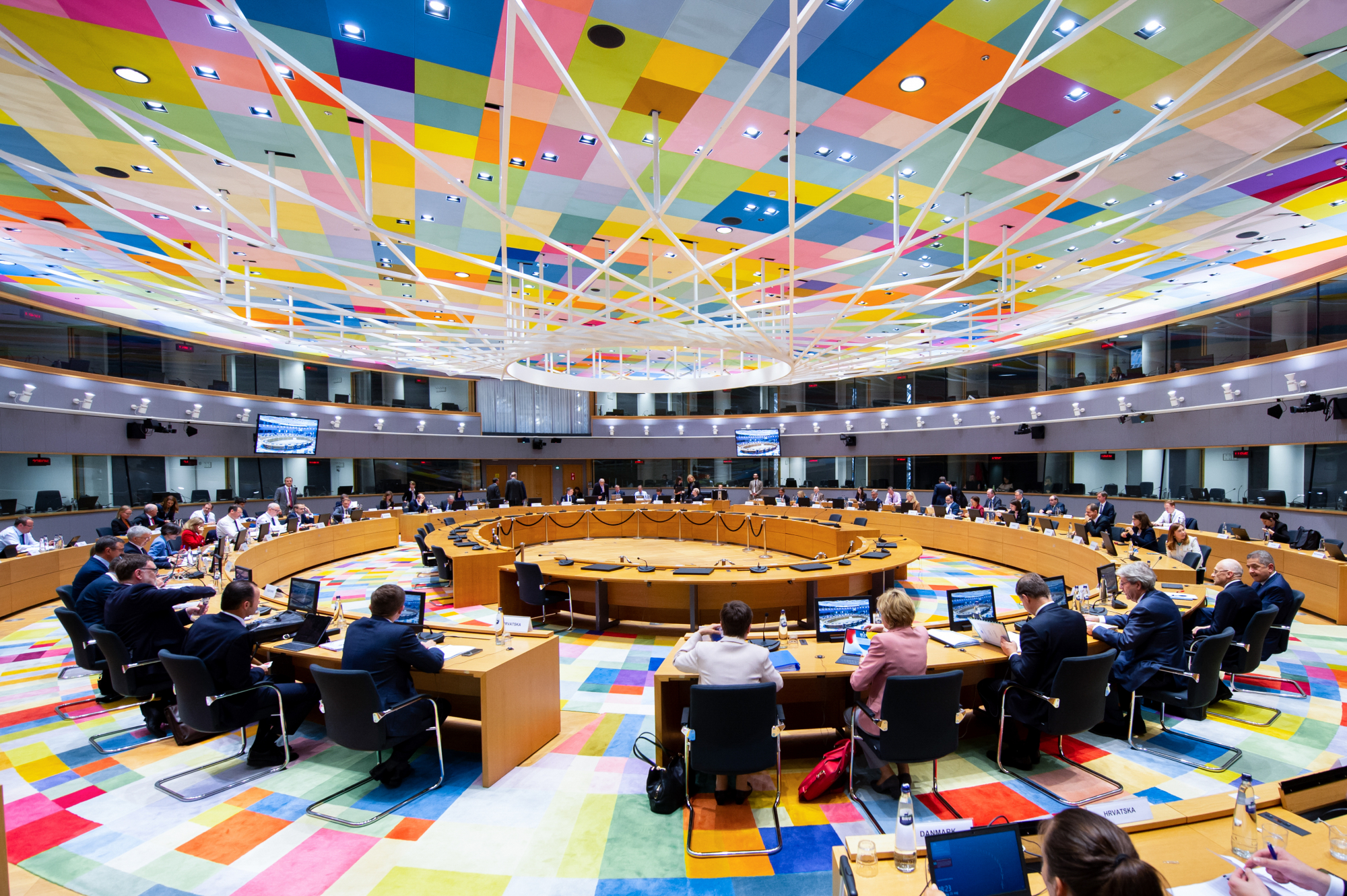
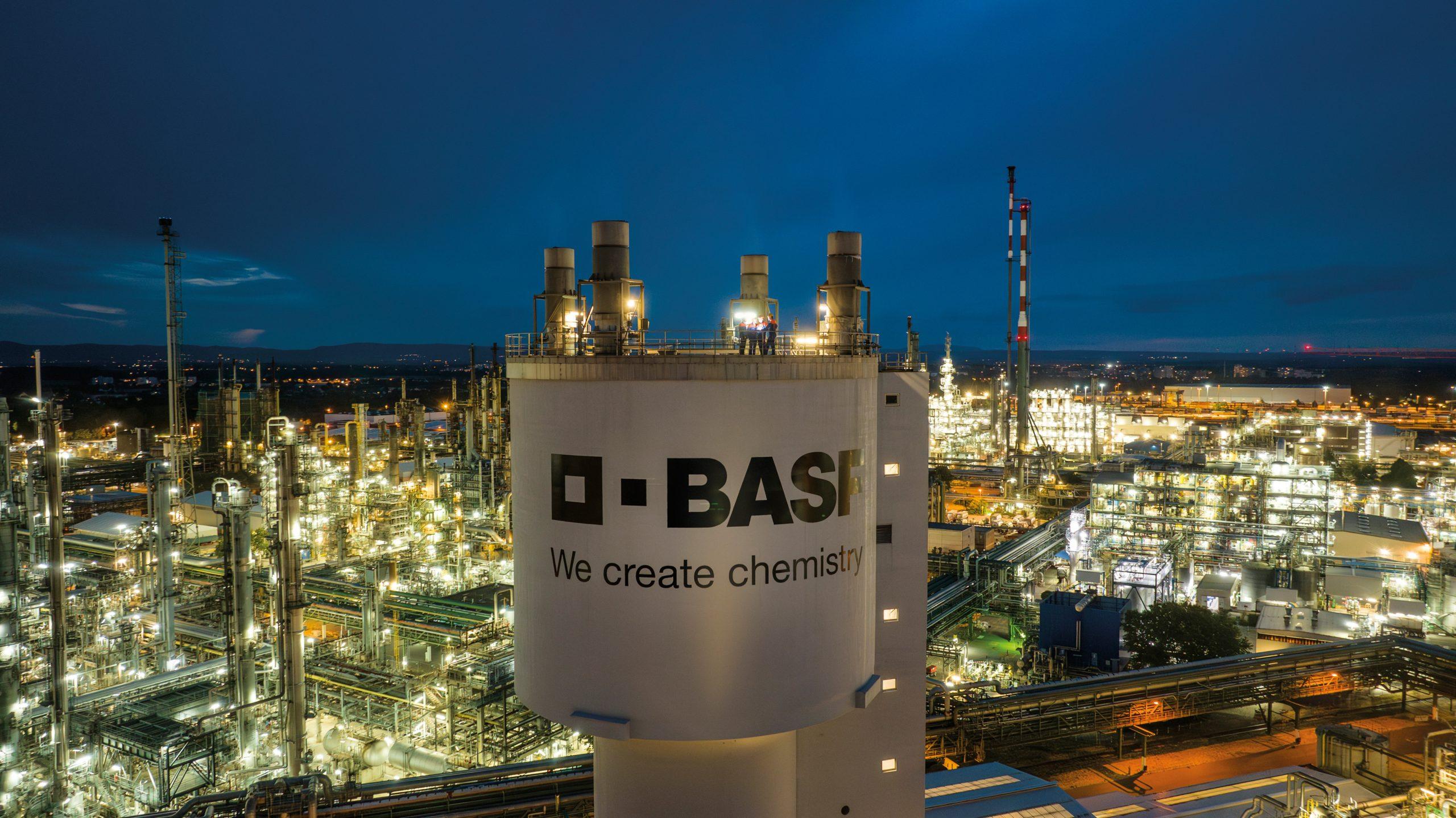

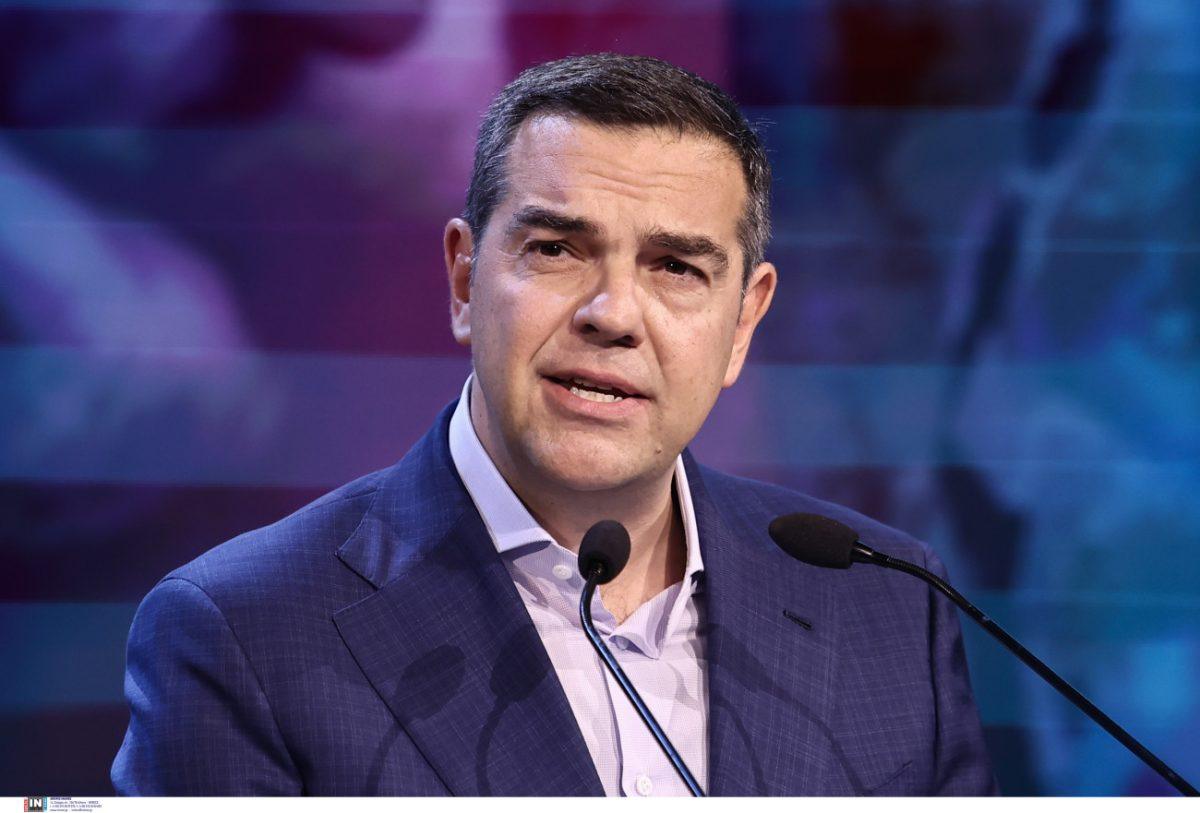



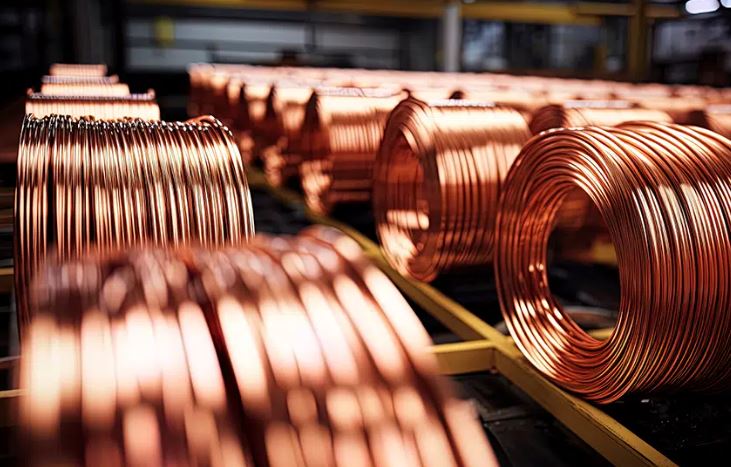
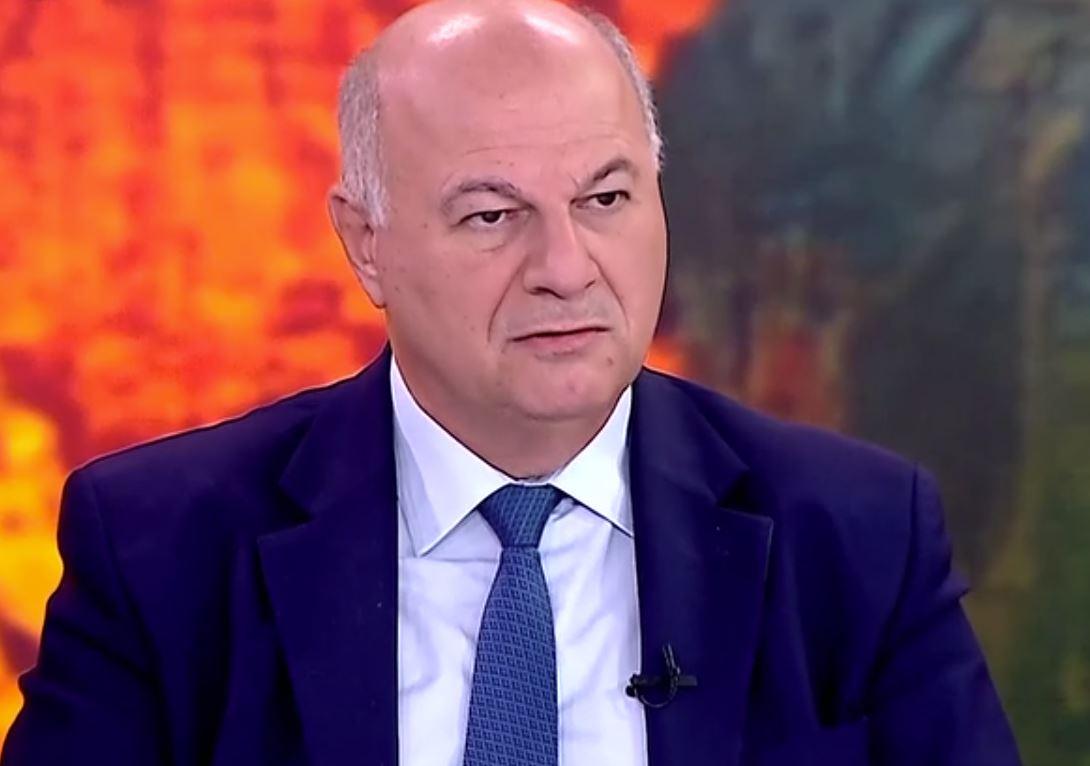
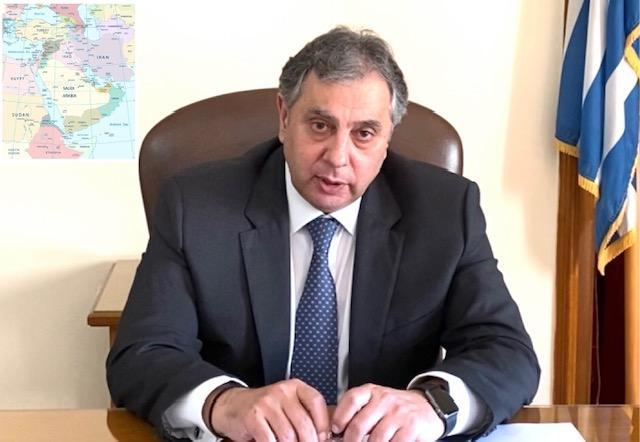
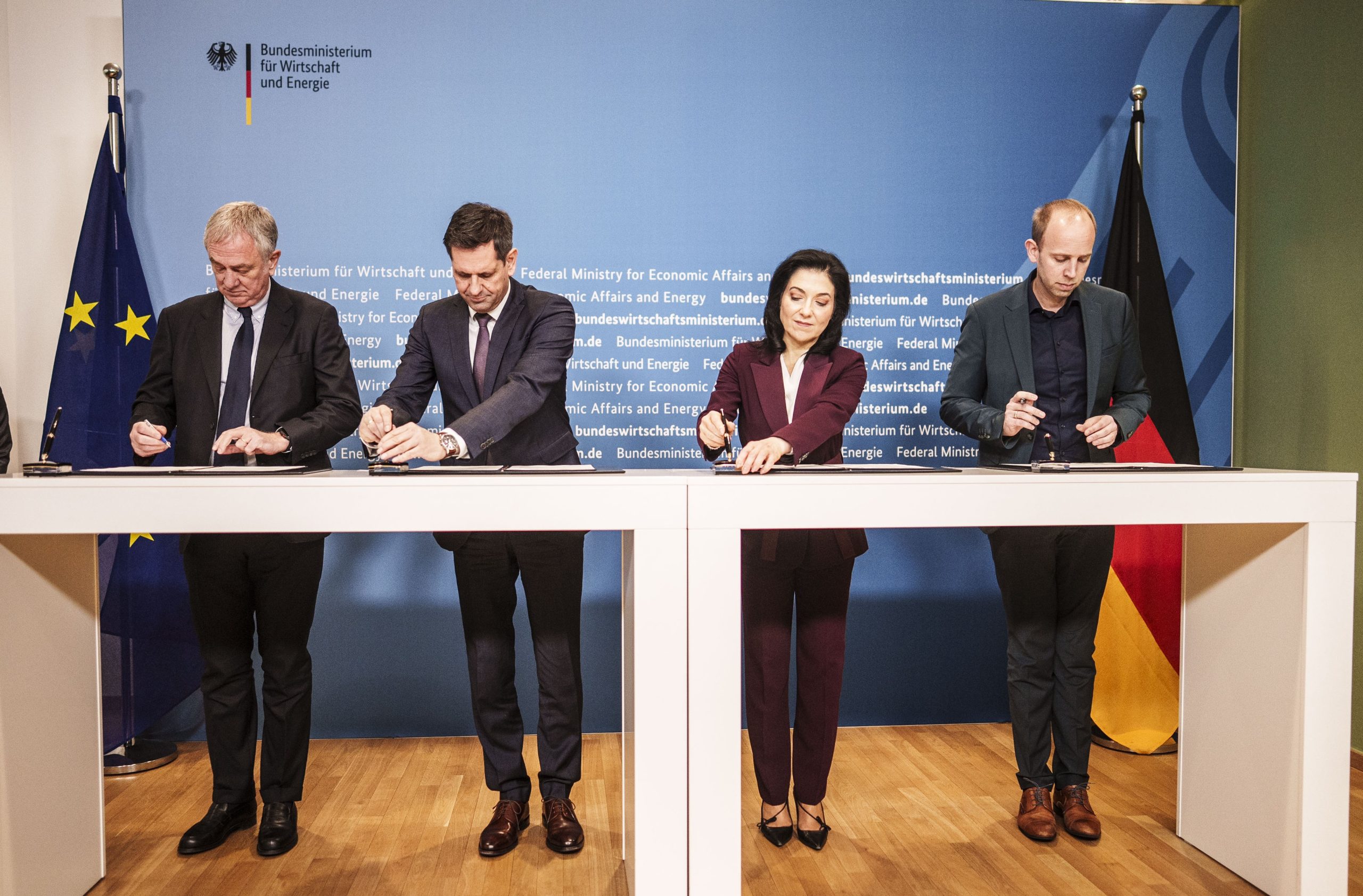
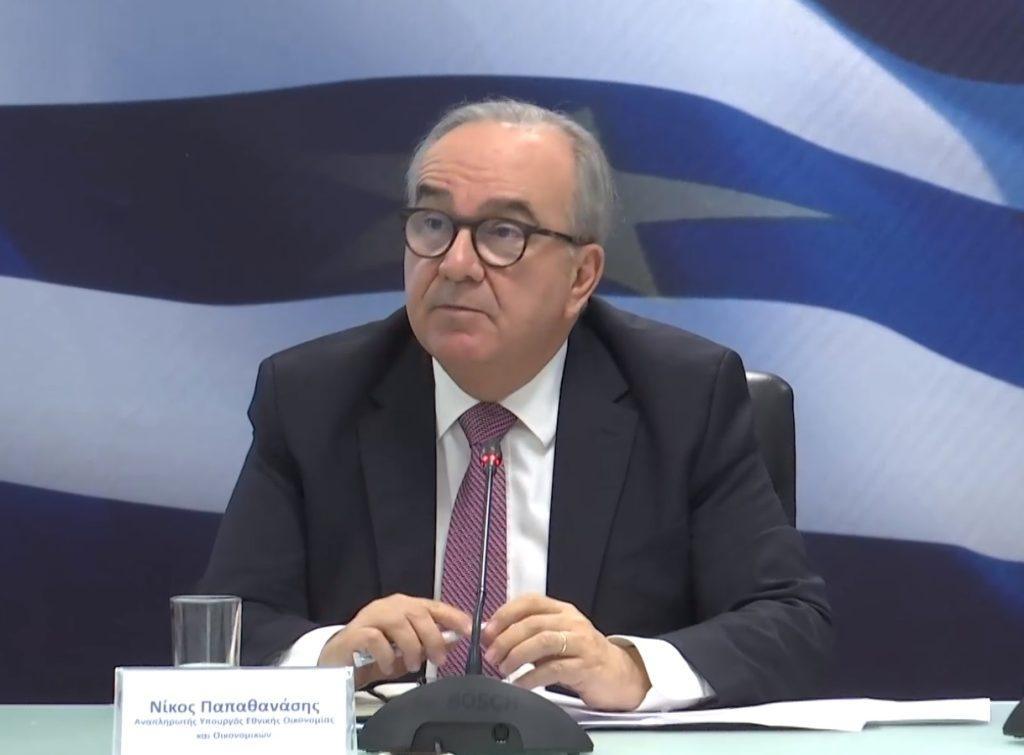

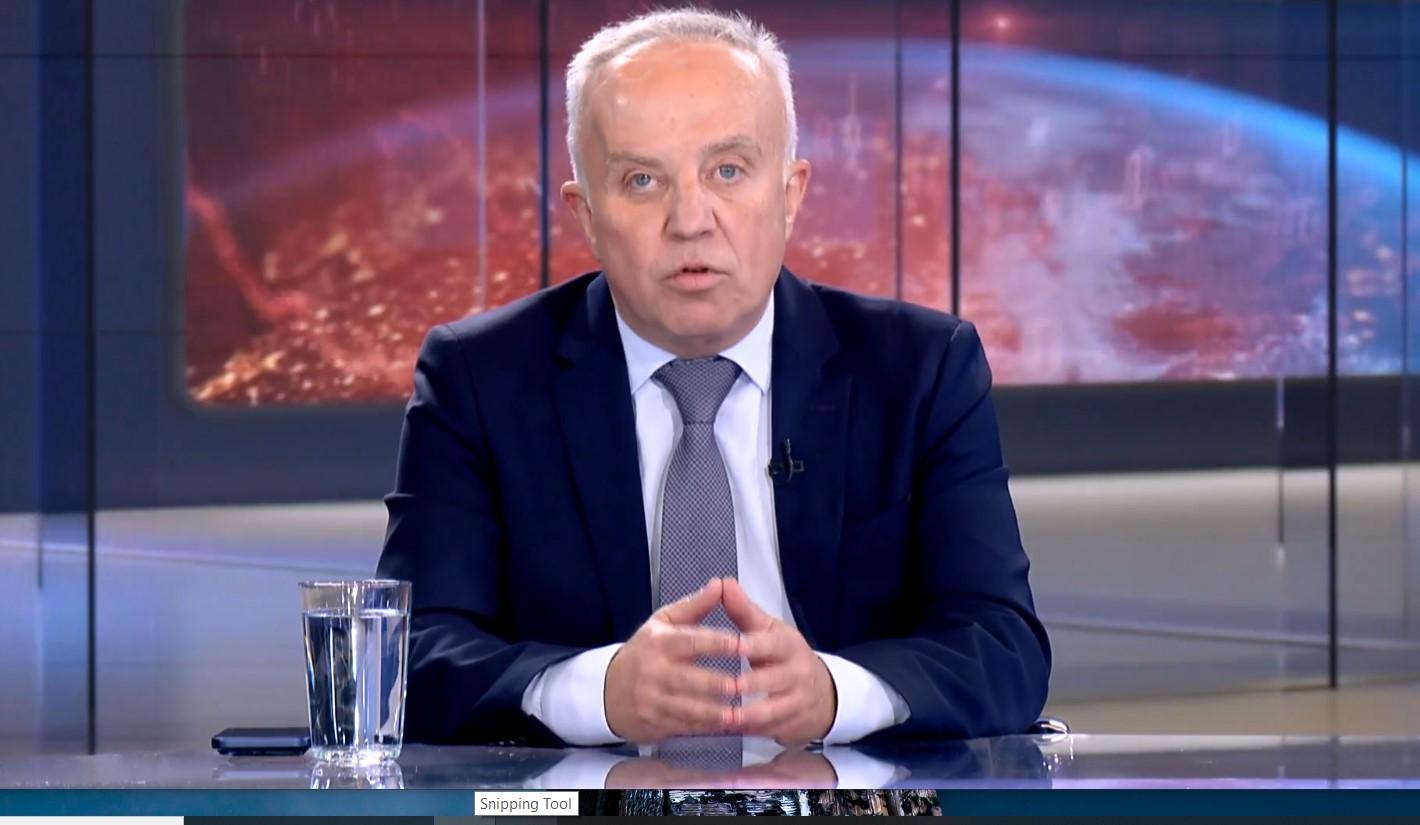
![Τσιάρας: Οι δηλώσεις για τα αιτήματα των αγροτών [live]](https://www.ot.gr/wp-content/uploads/2025/12/kostas-tsiaras13-768x440-1.jpg)


